Make your kids future-ready
Please contact us for your detailed queries so we can assist your needs better

World War II, Chess, AI, the difference between a person and a computer and theoretical biology. All of these seem like random topics, right? But they all have one thing in common, or rather a person- Alan Mathison Turing.

Alan Turing was born on 23rd June 1912 to Julius Mathison Turing and Ethel Sara Turing in the district of Maida Vale. He joined King’s College, Cambridge in 1931 where he was awarded first-class honors in Mathematics. September 1939, the day after the UK declared war on Germany, Turing reported to Bletchley Park, the wartime station of Government Code and Cypher School. After the war ended in 1945, he worked at the National Physics Laboratory for two years.
We could elaborate more on this but this isn’t a biography. We’d like to discuss only his works in detail because those are the things his genius should be appreciated for. So we’ve listed his prominent works from his time at King’s College to Victoria University.
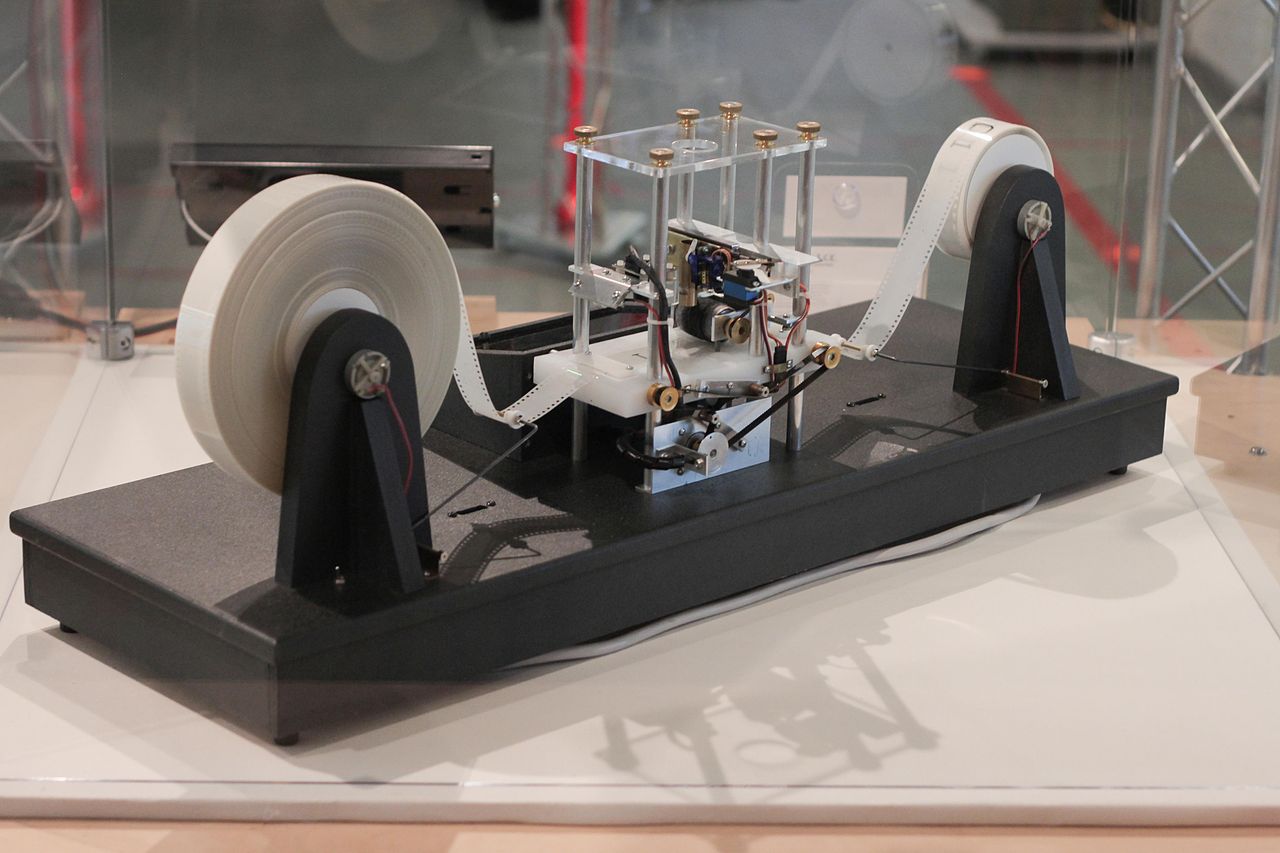
The early 20th century saw computer scientists attempt to automate many of the mathematical operations that numerous people had to do to save time and effort.
In 1936, Alan Turing published his paper “On Computable Numbers, with an Application to the Entscheidungsproblem” where he brought a revolutionary machine that, according to him, could perform any function in the world i.e. a Universal Machine that he called “A-Machine.”
“Entscheidungsproblem” translates to “Decision Problem” which, in layman’s terms, asks if a machine exists that could prove if a statement given as input is true universally.
In his paper, Alan explained his machine as a person who reads an instruction manual which tells him what to do when he sees a number on the tape in front of him. The instructions would be along the lines of “if you see this number, change the value/leave the value and then go to this page number and find what to do for the number you see now.” The page number here is termed State. And each state has different instructions for what to do.
Although this feels like a simple machine, it has the ability to perform any function and give you an answer code to input problems if the proper instructions are given to it. And was the predecessor of modern computers. In fact, the Turing machine is capable of doing things a quantum computer cannot but it would take far too long to achieve complex things.
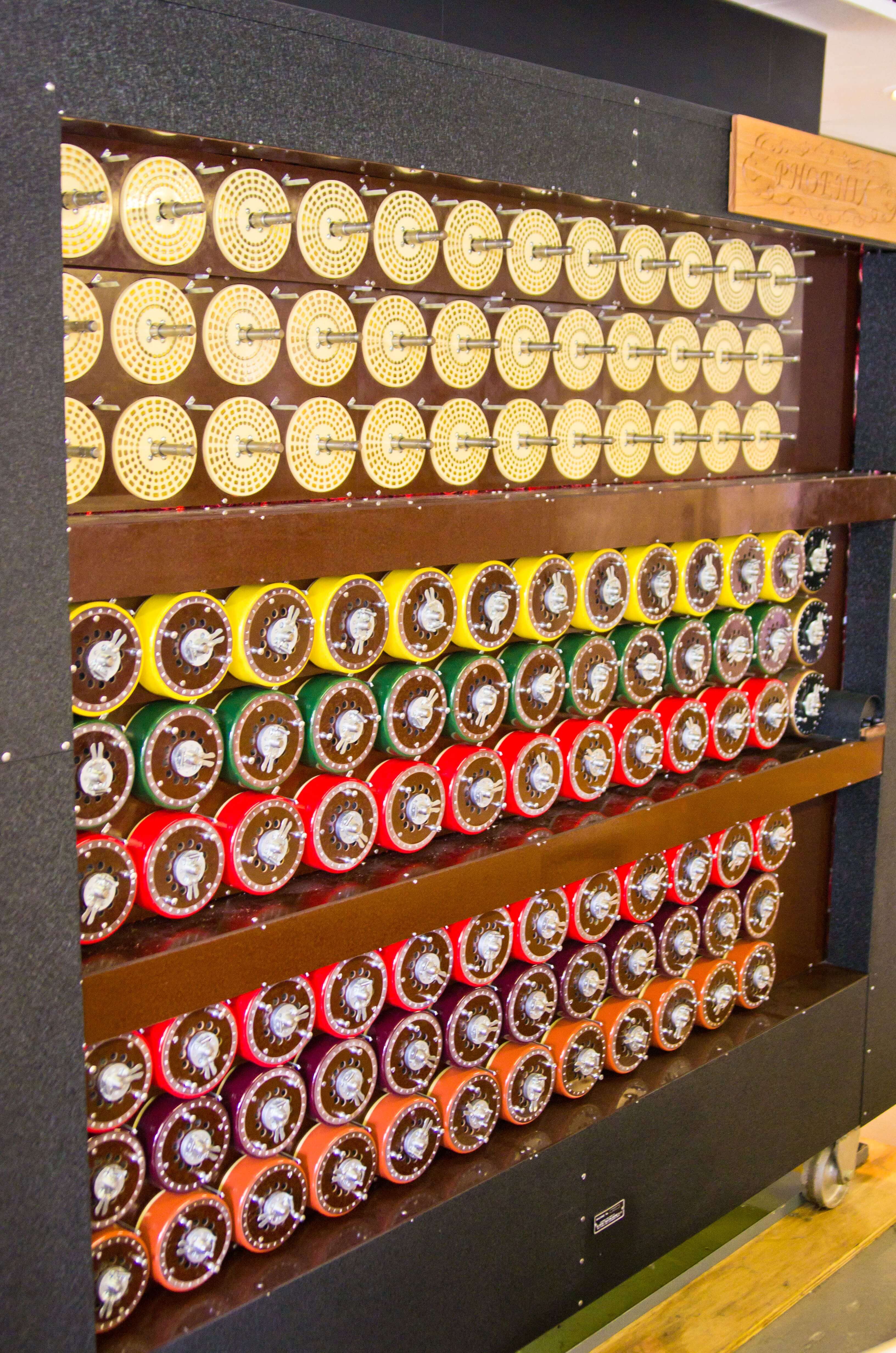
During World War II, Britain was facing a special problem where the German Navy had started using a cipher different from the army and airforce, and the cipher is made from the infamous ENIGMA Machine. The German Navy was ambushing their ships and losses were almost unbearable.
The ENIGMA Machine has gears that are programmed to change the alphabets typed to different specific alphabets and 186,000,000,000,000 encryptions are possible. What’s worse is that the key to the code was changed every day by turning the gears.
Turing realized that there was one loophole here which is that an alphabet is never transmitted as itself. He felt that using this logic decryption was possible. He modified the designs of Polish decryption machines which were called Bombas to the British bombes and managed to lower the losses to around 100,000 a month which was considerably lower than before. The first working Bombe was called “Victory.”
But the number of people and bombes required were not being met. The proper authorities were not of help so Turing and his team wrote a letter directly to Prime Minister Winston Churchill who promptly provided them funding and resources.
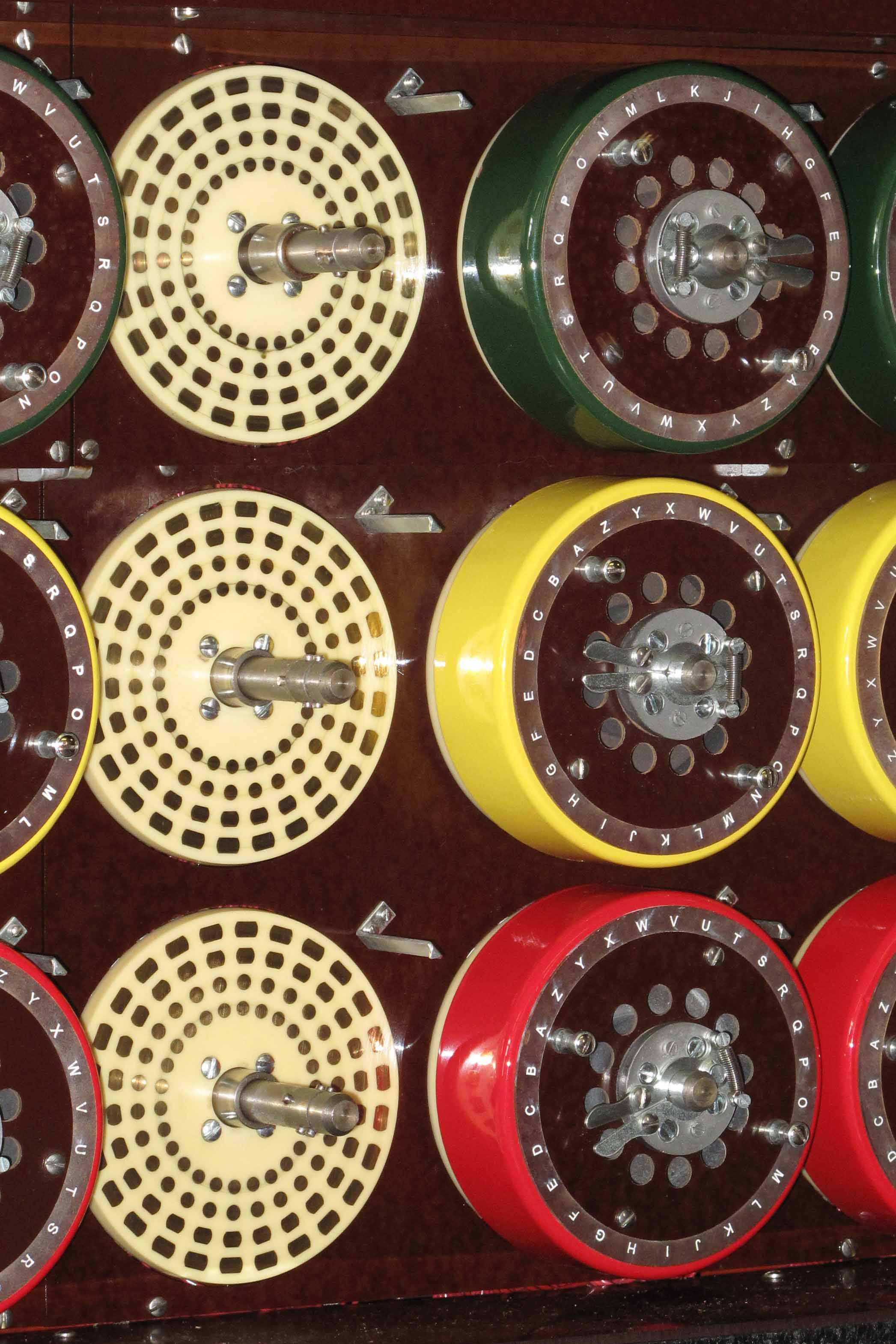
But the problem still remained that the key being changed every day still caused too many shipment destructions. Turing solved this using the weather forecast being sent every morning by the German Navy. The phrases used were in the same order every day so Turing fed the phrases into the Bombe and used them to make educated guesses about the key for the day’s code. This made the ENIGMA machine invalid and the German communications were no longer safe.
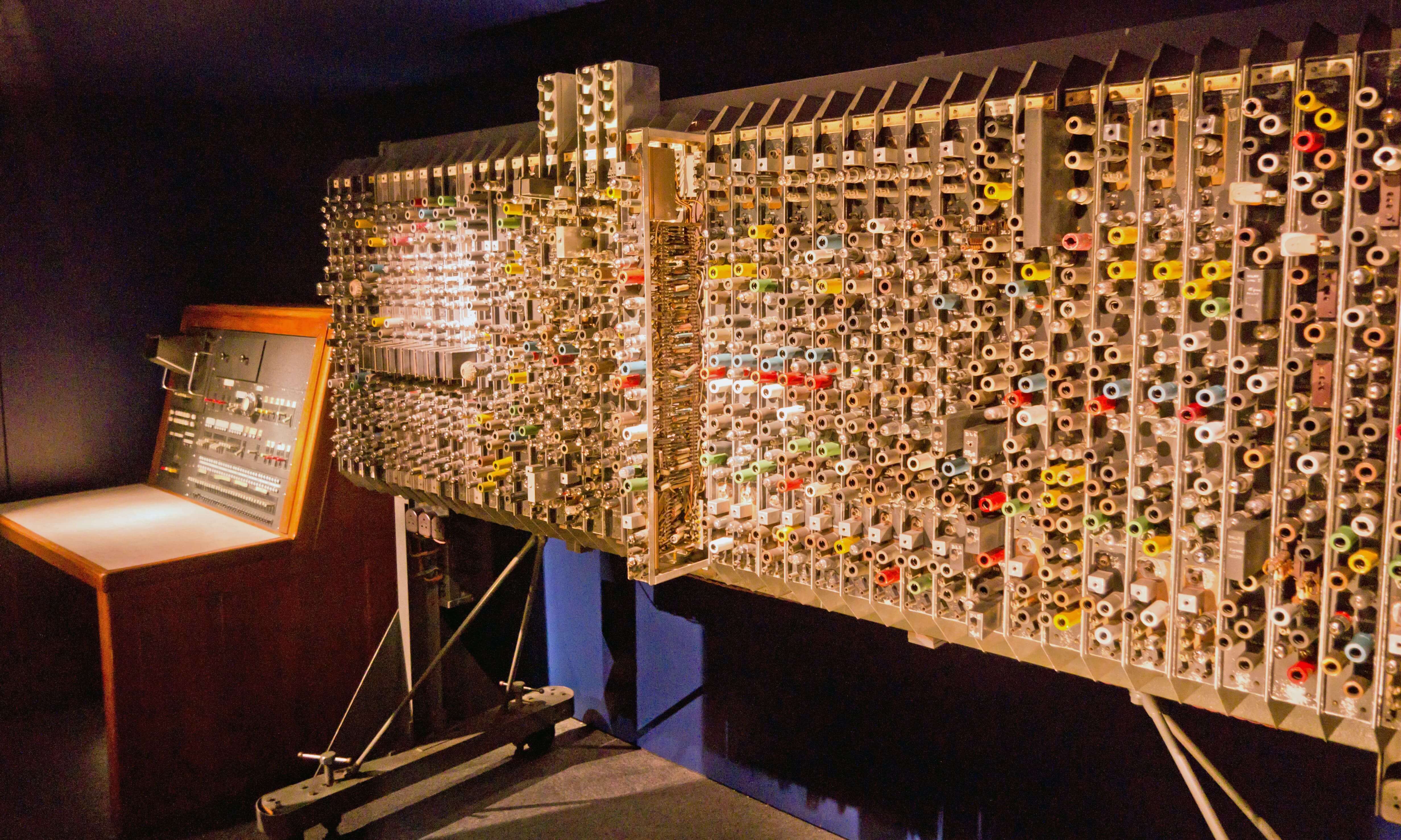
When the war ended, Alan Turing joined the National Physics Laboratory where, in 1945, he designed a machine that was a primitive general-purpose computer. It was significantly more capable and easier to use than his earlier invention, the Turing Machine.
One interesting thing about this is that the NPL didn’t know that such a thing was built before. The Colossus Systems used in cracking the ENIGMA code were built solely for decryption but were a form of ACE. These machines were never made public though so their existence was not known to anyone. Before this, people would actually take weeks to do things like predicting the next day’s weather but the ACE was able to make complicated calculations very quickly and made significantly fewer errors.
If we think about it, this means Alan Turing set the first step into the creation of a programming language and the first fully electronic computer.
In essence, Turing both made the first programming language and the first computer.
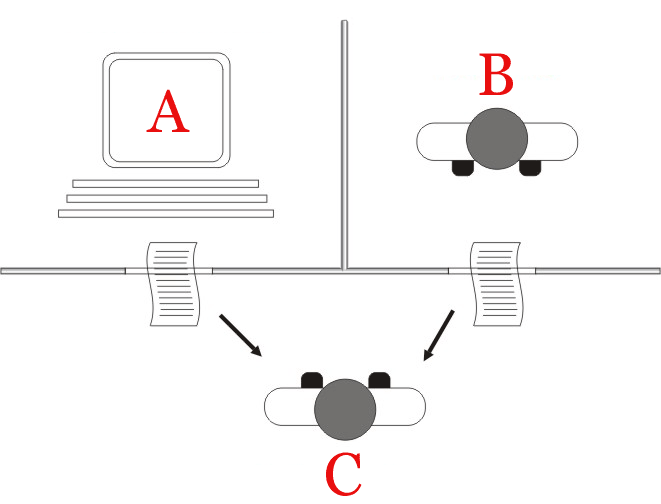
The title of the movie based on Turing’s life is the concept behind the well-known CAPTCHA. Did you know that the full form of CAPTCHA is “Completely Automated Public Turing test to Tell Computers and Humans Apart”?
It is speculated that the death of Christopher led Turing to think deeply about consciousness, religion and materialism. Turing spoke a lot throughout his career about designing artificial human thinking. His first official work on making a system that would emulate a human formulated the experiment called Turing Test in 1950
In the test, A person would interact with a human and a machine only through text. The Person, let’s call him A, would input a question and on the other end another person whom we’ll call B would answer. A computer C would also answer the same question but A wouldn’t know which response is from A or B. Based on how the computer is programmed, the challenge was for A to recognize which is B and which is C.
Although the test wasn’t perfect, this led to a scale that could measure the intelligence of both AI and humans based on the questions being asked. The CAPTCHA is a reverse Turing Test where a machine becomes A. Many such variations were designed for various other purposes.
The first man vs machine chess match predates the invention of the computer that could play it. In 1950, Alan Turing, who was working at the Victoria University of Manchester, along with his former undergraduate colleague, D.G. Champemowne began writing a chess program for a computer that didn’t exist. They completed the code in 1952 and named the program “Turochamp”.
The duo tried to run the program on a Ferranti Mark 1, the world’s first commercial general-use computer designed by Ferranti Ltd. based on Manchester Mark 1 designed by the University, but the system couldn’t execute it. Nevertheless, Turing who was adamant to test his program decided to manually run it against another colleague Alick Glennie. He would go through pages and pages of code to make moves based on those made by Alick which meant Alan would take up to 30 minutes per turn. The game was recorded and Glennie won in 29 moves. But the fact remained that the program was able to play chess against a human. It is said that Champemowne’s wife, Isabel, actually lost to Turochamp.
In 2012, Turochamp came onto a computer that could handle it as part of the University of Manchester’s Alan Turing Centenary Conference when Gary Kasparov, a former chess grandmaster, defeated it in a meager 16 moves. Kasparov later stated that even though at first glance it was laughable, it was made 60 years ago and was a great start for AI
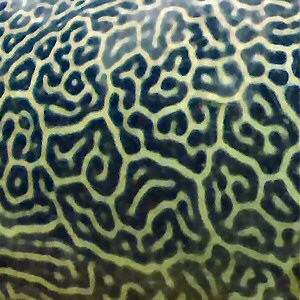
Alan turned to mathematical biology in 1951 and published an article titled “The Chemical Basis of Morphogenesis” in 1952.
Morphogenesis is the creation of shapes and patterns in organisms from the stripes on tigers and spots on leopards to tissue organization which affects the anatomy, physiology and behavior of many organisms.
Turing speculated that a system of chemicals that occupied space and reacted with each other was responsible for morphogenesis leading to skin and fur patterns in animals. He employed mathematical equations to model chemical reactions and figured that these chemicals would work in pairs. One would cause pigmentation i.e coloration and one would inhibit it.
Depending on how these interacted, different kinds of patterns would form. He called these chemicals “Morphogens” but was unable to prove their existence.
Although this was originally published with surface morphogenesis in mind, the Turing-Type mechanism of morphogenesis was revealed to play a major role in a lot of core changes. For example, in 2012, Rushikesh Sheth and his team at Dept. of Developmental Genetics, University of Besal discovered that removing one gene which would create the inhibitor chemical caused extra digits in mice.
Alan Turing has made numerous contributions to mankind. His work was responsible for the creation of the software which we take for granted now. He is highly and rightly celebrated but his story is not just about inventions. He committed suicide in 1954 after he was chemically castrated and had to undergo hormonal physical changes because homosexuality was Illegal back then.
Turing was an enigma and his biography was appropriately titled. He was a true genius who would’ve made many more great discoveries. We named our organization after him because we’d like our Ninjas to find their inner Alan Turing, a person who despite all the problems that the world around them poses to them, finds their way out by not thinking in a single way but funneling their knowledge into various subjects.
Please contact us for your detailed queries so we can assist your needs better